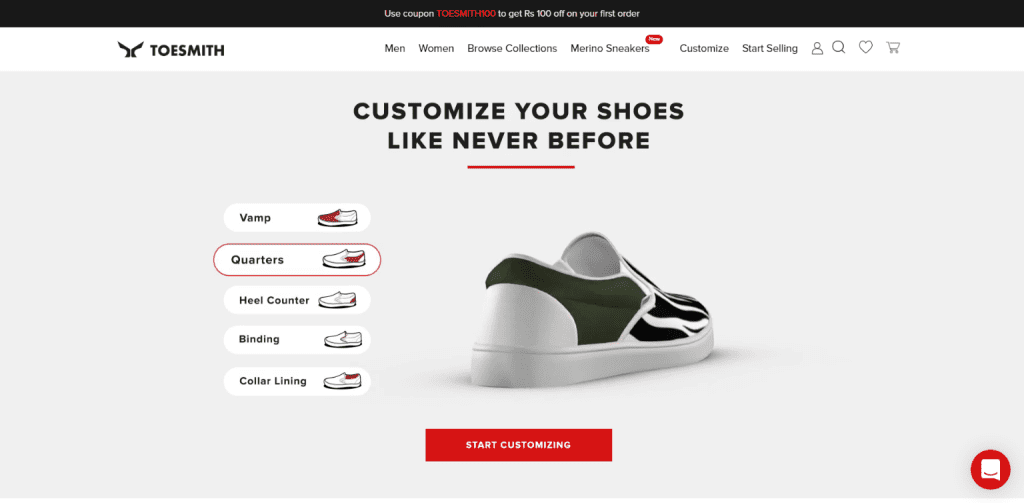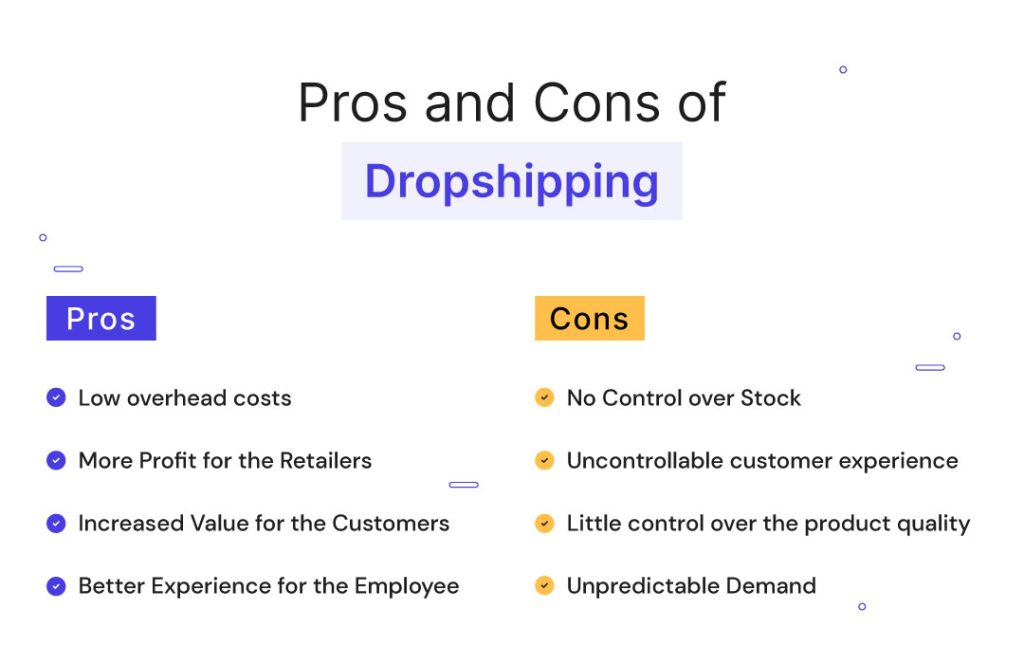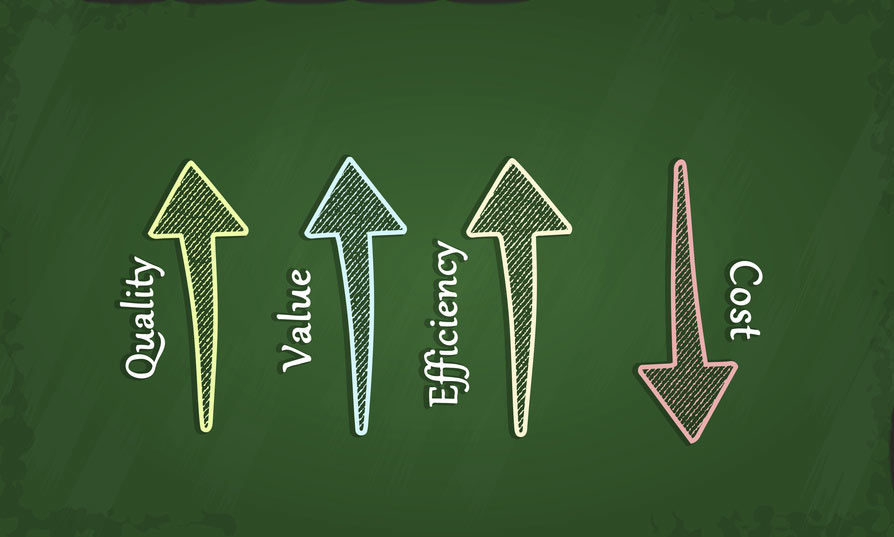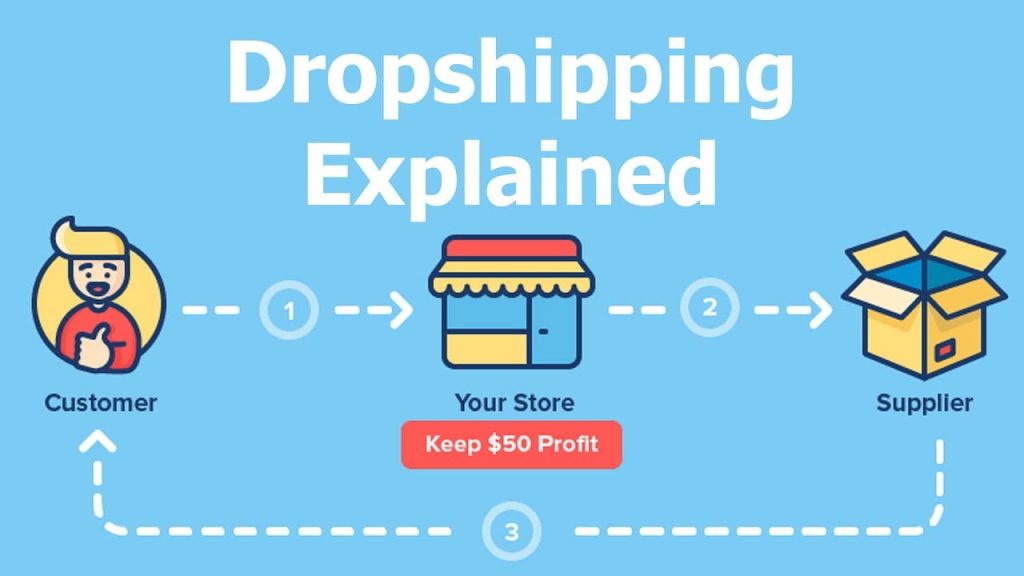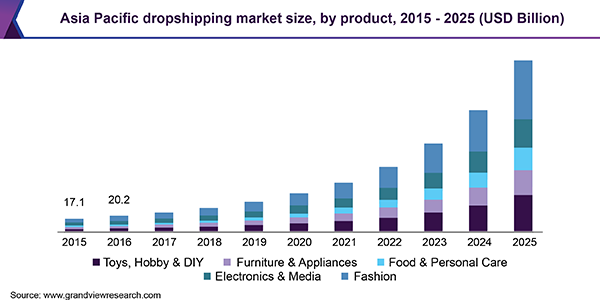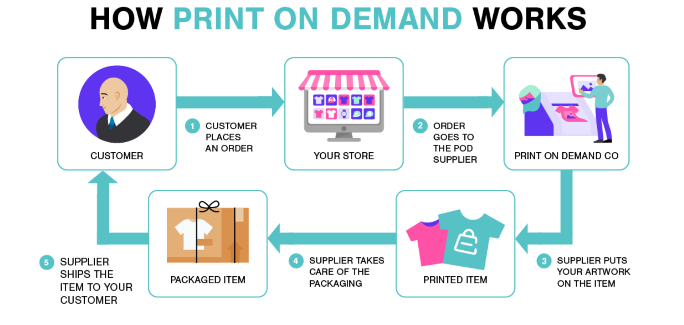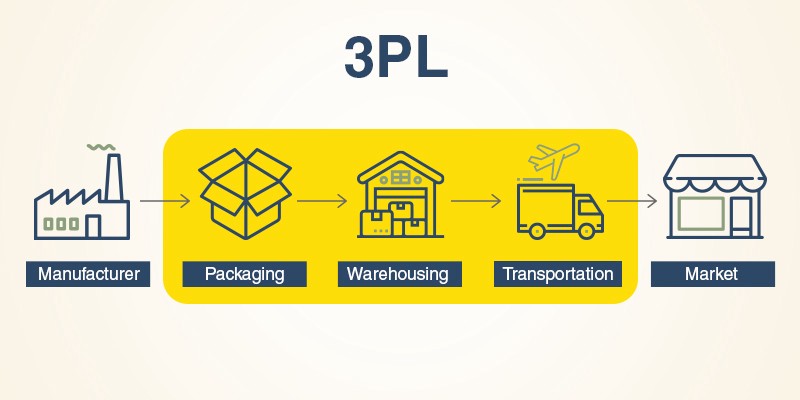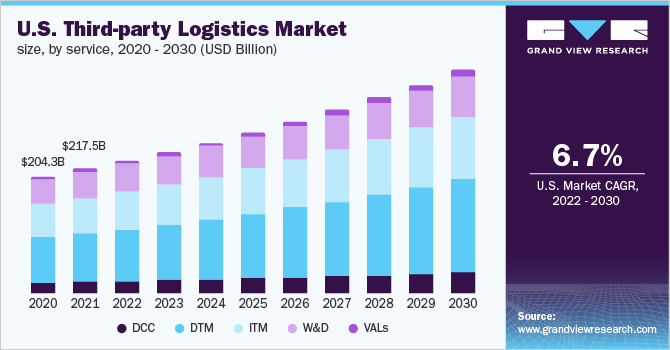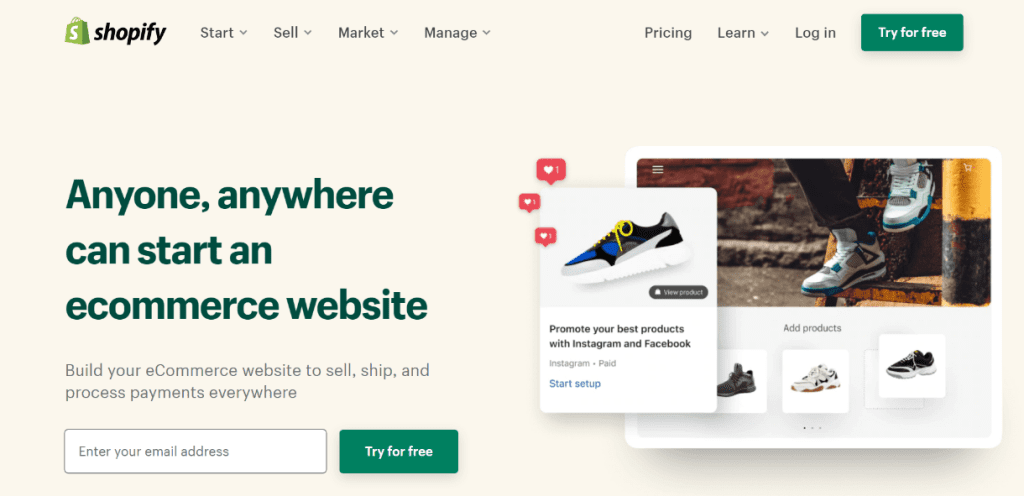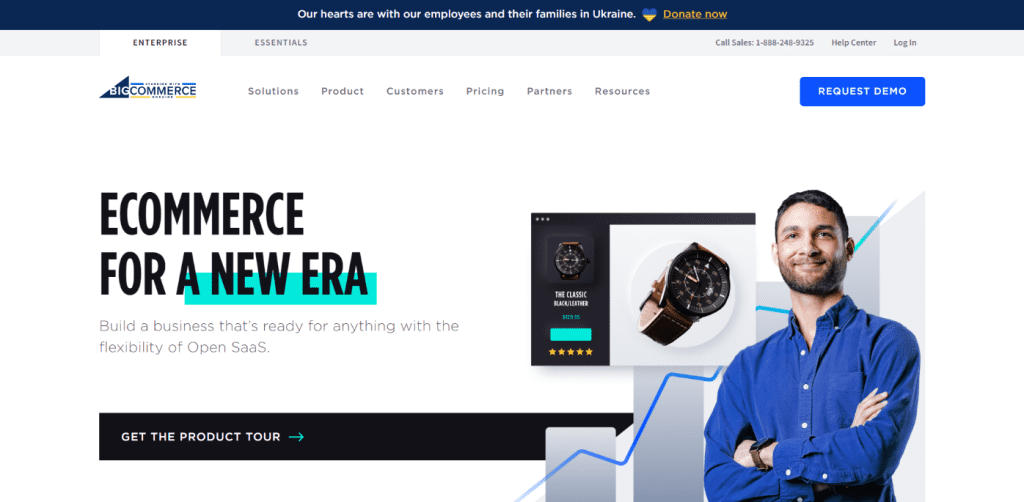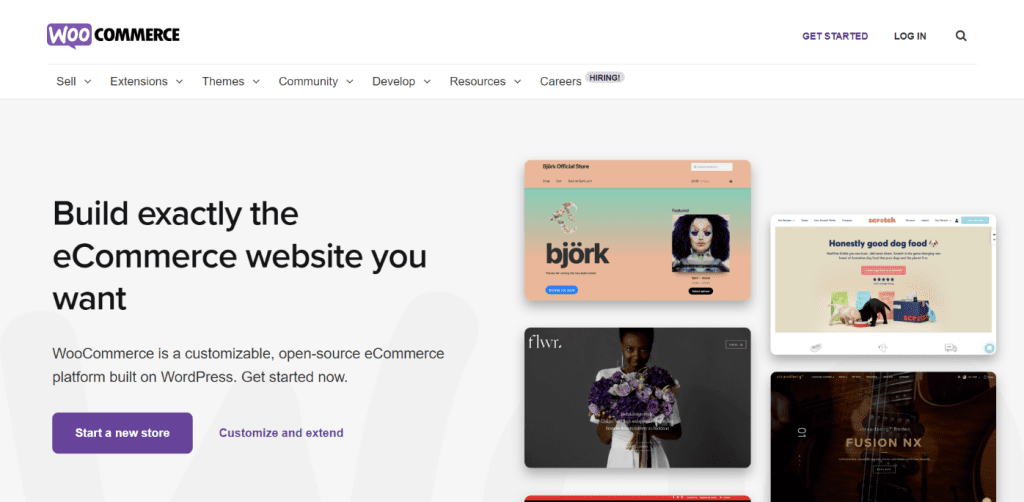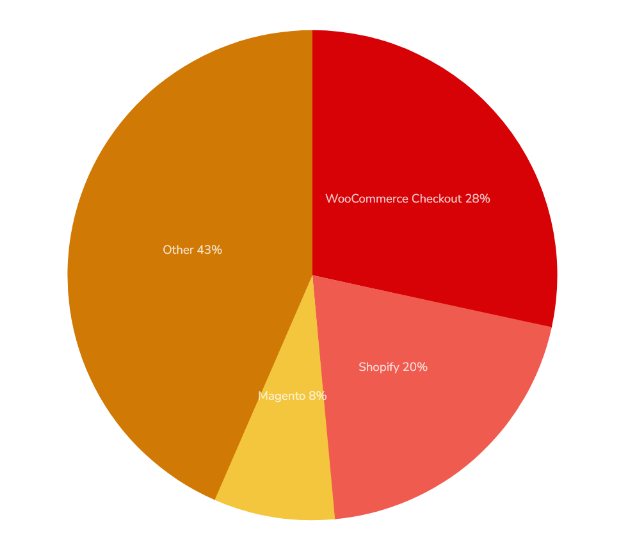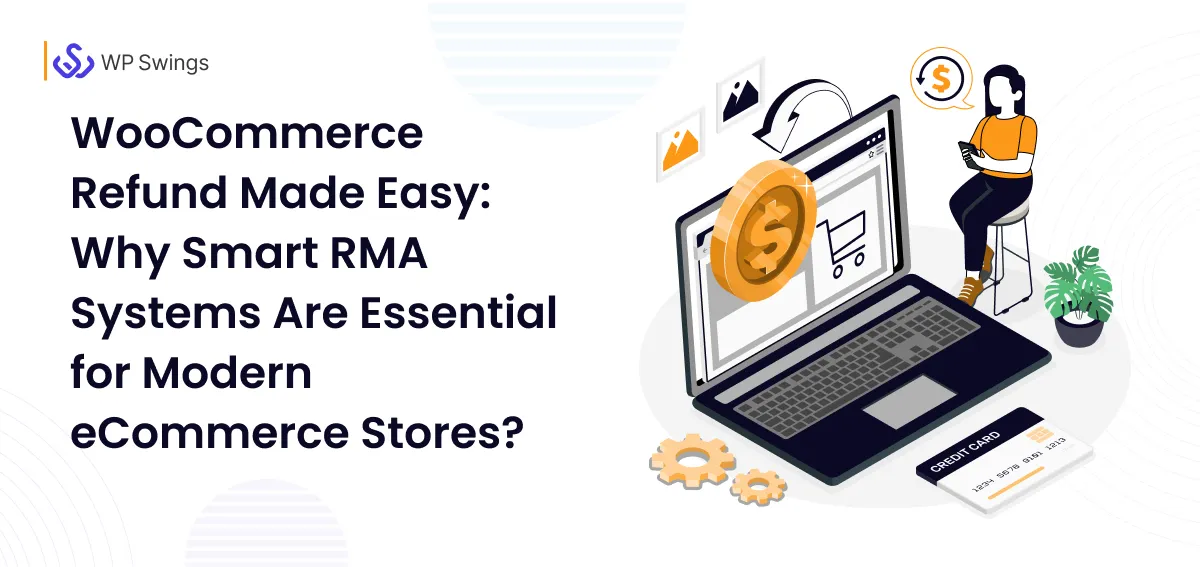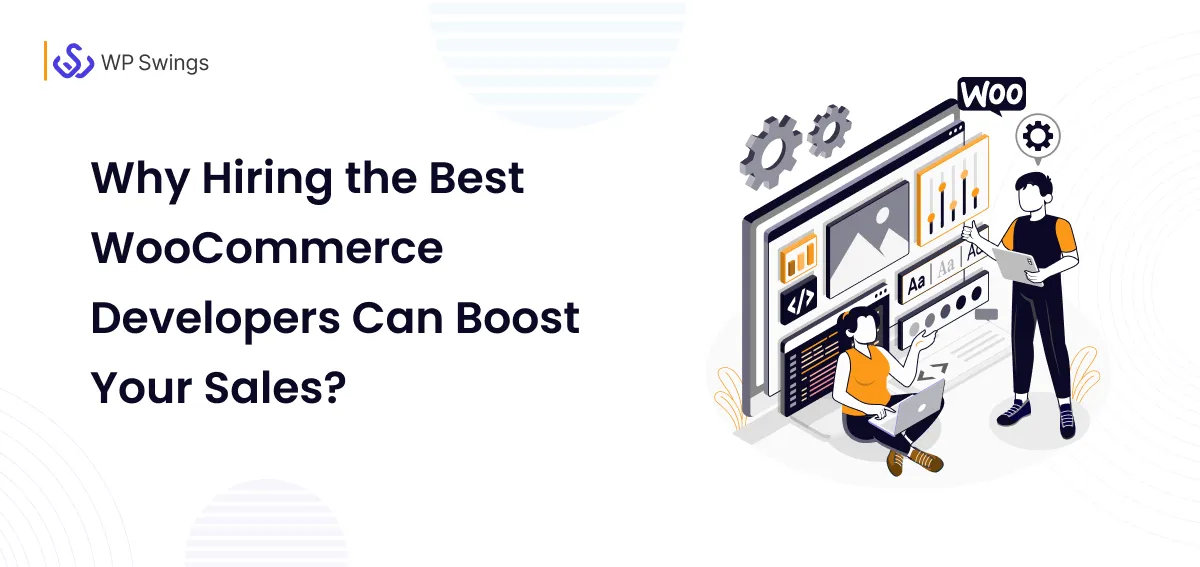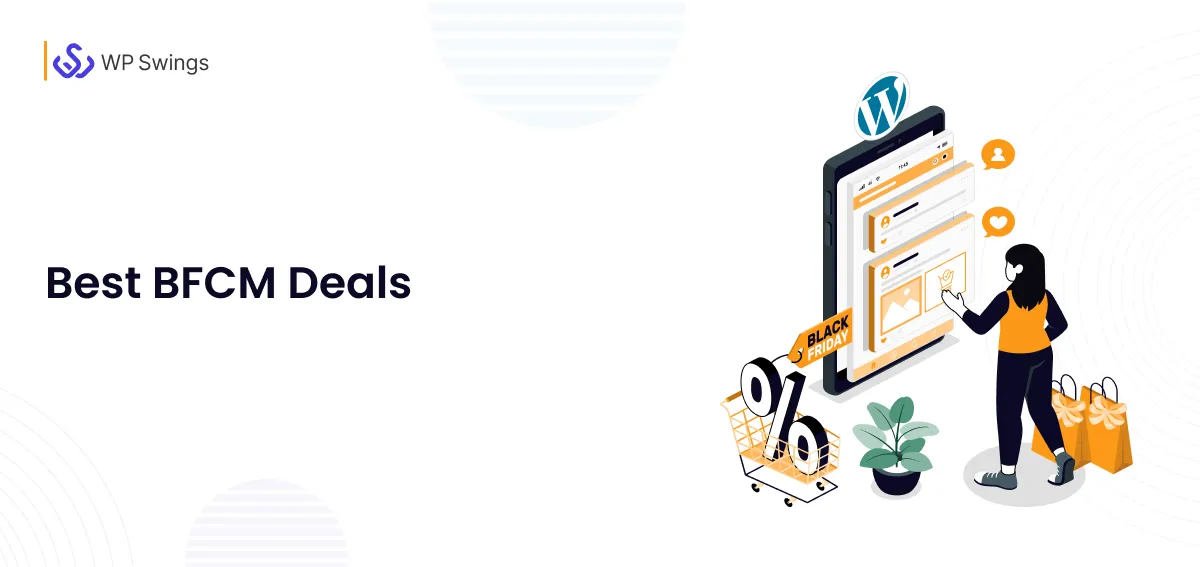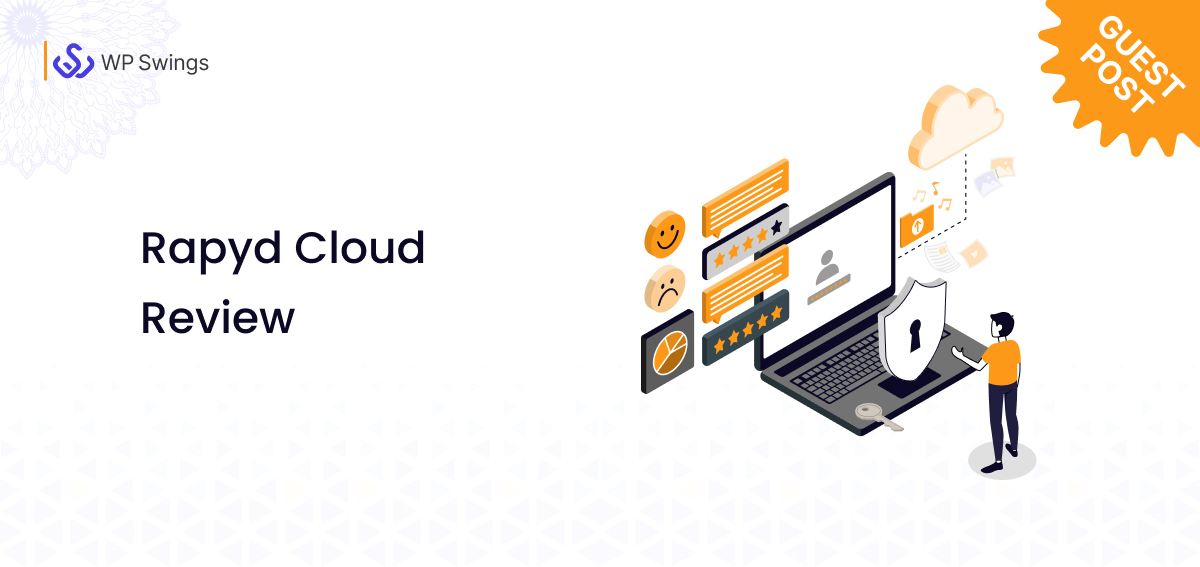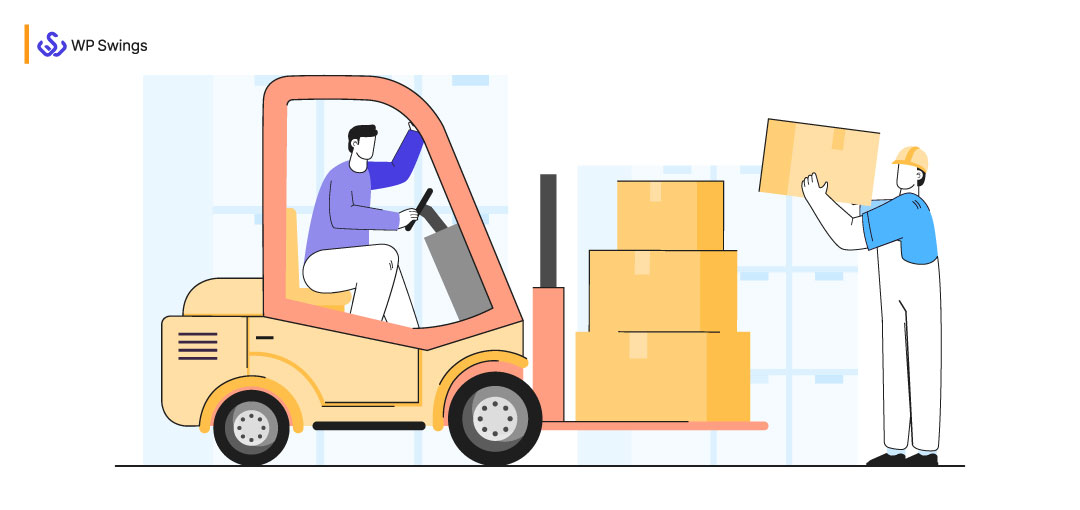
Starting an online eCommerce store can be expensive and problematic. But what if we say, we have a perfect solution for this problem? Starting an online store without inventory.
Yes, you heard it right!
With so many new online stores popping up every day, it can come as a shock to many just how much work and planning goes into launching an eCommerce business.
From sourcing products and building the site, all the way to planning, shipping, and marketing – it can all get a little overwhelming!
But, we have jotted down all the important elements that you need to start your business.
Table of Contents
Factors to Consider
The very first step to starting an online store without inventory is that you must set your store on popular eCommerce platforms to be able to take bulk orders (I’ll recommend three of the most popular ways to start your store later on in this blog, continue reading to find more about them!).
But before this, it becomes important to take a closer look at each of the factors that can affect your online store!
Research for the Available Resource
It’s crucial to explore the market first to see if it’s a nice idea. If you find the relevant resources to start your online store, you can proceed with it!
The sellers must be aware of their competitors. And, be able to browse through other stores to see what customers like and what is already being offered. Research is significant for all sectors.
Ideal Audience
If you are thinking about starting an online store without inventory, you must pick your client base as well.
Once you have your target audience, you can start customizing merchandise that will best suit them and your brand. This will also help you to shape your business and contact the supplier accordingly.
Pro Tip: While you are starting an online store without inventory, you must think smartly and act efficiently!
Customization of the Products
Now that you’ve decided on your ideal audience, we can now discuss the customization factor for your products and the services.
For example; there is an eCommerce shoe website called Toesmith, that lets you customize your pair of shoes by just asking for the customization fees.
Similarly, you may also want to customize your offerings so as to improve sales and revenue. For example, many online sellers create personalised books for kids, where each story is tailored with the child’s name, appearance, and unique details—offering a highly customizable, inventory-free product that parents love.
Niche for Your Business
This in simple terms means what you’re going to sell. Whether you stick with fashion or mix it up with home decor or ditch both of them, move on to food items, it is solely up to the seller.
But it’s crucial to introduce new products regularly because the competition out there is fierce and it is important to stay relevant at all times. It is also significant to keep a check on what’s selling and what isn’t.
Still, Confused About Choosing An Appropriate Niche?
Know Your Competitors
As mentioned above, the competition is fierce. So, it becomes crucial to know your competitors by heart. Evaluate their strengths and their weaknesses to plan your business strategy accordingly.
This is also part of the research process. Several business houses conduct a SWOT (Strengths, Weaknesses, Opportunities, and Threats) analysis, to not only analyze your competitors but also yourself as a brand.
Pros & Cons
Before we dive into the types of business modules that support the concept of owning an online store without inventory, it is important to understand and assess the pros and cons of any business model before joining it.
And, we have listed and explained them in the following section. Continue reading!
PROS
There are multiple benefits to opening an online store without inventory. The first and most relevant one is to not deal with fulfilling orders, instead of allowing other business houses to deal with this aspect of operations.
This approach will enable you as a brand to save money on renting and maintaining your storage space while allowing you to focus on the bigger picture of sales and marketing.
Hold on! Because we’ll discuss these advantages in detail in the following section.
-
Low Overhead Costs
As we’ve already discussed before, if you want to start an eCommerce business, and you are not financially stable, starting a store without inventory is the best possible solution.
Source: Telephony Kart
The overhead cost or the ongoing expense of operating a business is exceptionally low. This is because the operational cost of managing an inventory is eliminated.
-
More Profit for the Retailers
The elimination of overhead costs means more profit for the retailers. Having an inventory means renting a place to store the goods. If you’re storing the products, you also need someone to look after and manage them.
You can easily avoid these expenses. This means more profit for the retailers.
-
Increased Value for the Customers
The overhead cost and other equipment costs are no longer there. The sellers can finally deliver products whose quality is good and this, in return, increases the value offered to the customers.
By deducting excess inventory, retailers can focus fully on the customer and provide them with the best in-store experience. Over time, this fosters brand loyalty, leading to bigger basket sizes, increased shopping frequency, and fewer returns.
This also increases customer loyalty which is beneficial for customer retention.
-
Better Experience for the Employee
No inventory means less of the mundane work associated with traditional stores, such as organizing and restocking shelves. Retailers will need new labor to staff their experiential offerings — and this is a great opportunity for store associates to upskill and/or try a new career path. Access to online learning platforms makes this transition easier, offering flexible training options that help employees build relevant skills while balancing their current roles
The workforce will slowly begin to evolve, enabling them to focus their efforts on the customer experience in newer, more value-added ways.
CONS
The seller must be aware of both the advantages and disadvantages before starting any business. Having no inventory can seem ideal for many tight-budget small businesses. As it reduces the space you need to stock excess and limits the risk of your inventory getting spoiled or growing obsolete. That can decrease your expenses.
But let’s not forget that a coin always has two sides and similarly a declining inventory exposes a business to other risks that may overpower the benefits.
-
No Control over Stock
As there is no inventory to keep a track of the old, and new products, having no inventory can create an issue when there is an urgent order. Declining inventory increases your reliance on your supplier to replenish your stock. If something happens that reduces the supplier’s own production capacity, you could find your business running short of needed materials quickly.
There is also a chance that the supplier who usually takes orders for your brand is unavailable. This results in decreasing the customer experience, and they tend to choose your competitor over you!
-
Uncontrollable Customer Experience
A brand or a seller has almost no control over the products that you are being supplied with for selling them.
You can obviously check the quality of products you ask your manufacturer to supply. But it is not practically possible to check every product.
This results in decreasing the customer’s experience with your brand, and that is something which you can not afford, seeing the competition out in the market!
-
Little Control over the Product Quality
When the sellers or the brands have their own inventory, they are in complete control of all the productions and also the quality of the product, but the problem with having an online store without inventory is that you lose this very management and quality control.
Checking the quality of the product is very important but this aspect is missing in this concept!
-
Unpredictable Demand
If you have a customer base that places steady orders or you’ve been in business long enough that you know what sales to expect for a given period, keeping reduced inventory on hand may be a safe way to save some money.
But a declining inventory puts renewed emphasis on those projections because it reduces the amount of flexibility you have to increase your bandwidth. When demand increases, your business could suffer long-term consequences if you cannot serve your customers and your competitors can fill the breach.
Types of Business Models
There is more than one type of business model that supports the concept of having an online store without inventory.
In this section, we’ll give you a detailed description of each of the popular business models that we have shortlisted for all the readers.
Dropshipping
Dropshipping is a popular online retail strategy that is economical and is widely adopted by a lot of brands. It is where the brands don’t directly distribute and manage their product inventories.
They instead send out the information such as product number, delivery address, and order date when an order is received, to a third party to fulfill the order on its (brands) behalf.
Source: Oberlo
It is gaining its much-needed popularity as it removes many of the start-up cost risks that are associated with the other costs when you are launching a retail store or any business. The concept is that the store owners will purchase the products from a third-party seller, who then ships the product directly to the end customer.
This is a business model in which eCommerce sellers do not handle the products directly, and that eliminates the need for warehouse space and allows them to save time otherwise spent on inventory management.
Benefits
- No competition in the market
- Involves minimal risk
- A potential source of passive income
- No inventory management
- More time for marketing the product successfully
- Flexibility in taking and delivering orders
Print-On Demand
This particular business model is as easy as it sounds. Let us explain this with the help of an example. Have you ever come across shirts, shoes, backpacks, printed water bottles, socks, or anything of your friends, distant relatives, or colleagues that look identical, but have different “brand” names printed on them?
We have an answer to this, that’s because the product is a customized white-labeled product with the seller’s unique brand logo on it. To showcase these custom products online, many sellers use a bulk mockup generator to quickly create professional product images for their entire catalogue.
So, this process of creating or printing customized designs for the same particular product and then selling them under your respective brand name is known as Print on Demand.
Source: ecommerceCEO
We can now see where this approach works:
- Bags
- Socks
- Mugs
- Pillowcases
- Pet products
- Books
- Phone cases
- T-shirts
An individual can easily start a print-on-demand store by buying your own printer and printing orders as they come in.
However, we should not forget that this approach does require you to keep the essentials such as blank materials – that includes blank paper, t-shirts, custom socks, and mugs in stock
But we also have a better approach for those who wish to keep zero inventory at any cost, and that would be to contact or outsource to an external printer, and simply proceed by sending them your orders once you receive them.
Benefits
- Individuals or sellers can create products very quickly and have them online ready to sell in no time at all
- The cost of a warehouse is eliminated
- The product that the suppliers manage the entire process from the shipping to the fulfillment so you don’t have to worry about any of that
- As the investment is relatively low, this gives you a chance to easily test out various designs to see what works best
- It can become active as a great source of passive income
Third-Party Logistics or 3 PL
Third-Party Logistics or popularly known as 3 PL is another great business model that has incorporated the concept of starting an eCommerce store without inventory.
But what a 3 PL does is that it handles the storage of your products or goods and then fulfills orders. In many relevant cases, they also provide additional support by providing customer support and product returns.
Source: Medium
But what is the difference between dropshipping and 3 PL? In dropshipping, you don’t have to buy a single inventory beforehand, but with third-party logistics, you have to buy products beforehand. The key difference is that you don’t have to store the inventory yourself.
These companies will also permit the seller to outsource everything that they do with logistics: from inventory management and warehousing to fulfillment.
However, this method can also be very expensive.
Benefits
- Someone else handles all the time-consuming admin tasks
- The seller doesn’t need to invest in warehouse space
- Shipping and fulfillment are handled by experienced personnel
Which eCommerce Platforms to Choose?
So, as we already learned, the various types of business models that support this concept, now it’s time to finally talk about the platforms that support this concept.
Let’s take a look at the three biggest eCommerce platforms: Shopify, BigCommerce, and WooCommerce.
Shopify
Shopify is a fully hosted eCommerce company that allows anyone to set up an online store and sell their products online. It is one of the easiest ways to get started. Dropshipping also works best with Shopify.
Upon signup, the platform will provide you with a secure website and a free built-in credit card processing that lets the seller start taking orders right away without wasting any time.
Aside from your monthly subscription, you can rack up costs fast as you keep on adding more apps and features.
Pricing: It starts at $29 per month.
BigCommerce
BigCommerce is a platform that allows business owners and sellers to set up an online store, customize it as per their specifications, and then sell an unlimited number of physical, or even service-based products.
It does not require you to purchase any web hosting or install anything on your computer to use it. In simpler terms, it means you only have to pay a monthly subscription fee to continue using it.
Pricing: $29.95 per month
WooCommerce
Last, but not least! One of my favorite online eCommerce platforms WooCommerce is compatible with the idea of starting an online store without inventory.
Most sellers are seen working on this platform because it is easy to set up and use. You don’t believe us? Here is a quick statistical data to support our point. Out of the top 1 million eCommerce sites, 28% use WooCommerce, while only 19% use Shopify.
Are You A Small Business Owner Confused About Your Options?
But the catch here is, that the seller must have a WordPress website as WooCommerce isn’t a standalone platform. Instead, it’s a plug-in that runs on WordPress websites. But, it is also completely free, you just need the WordPress hosting.
So, we have mentioned the top three platforms that, the seller can go ahead with. But, if you are choosing WooCommerce, and you have any doubts about setting up your online store without inventory, you can chat with us.
Conclusion
The end line is no matter what option you go with, your end goal should be to create your own branded business and make it work. So, you should always start your own website without any hesitation!
But, ‘why would you need a store without inventory?’ There are times when the seller or a business owner while starting their eCommerce store has low finances to support their business ventures, and this also results in limited manpower. This is one of the many reasons to start an online store without inventory in the first place.
And, in this day and age, you don’t ever need to carry inventory or worry about fulfillment but you still need a brand.
Good luck!

